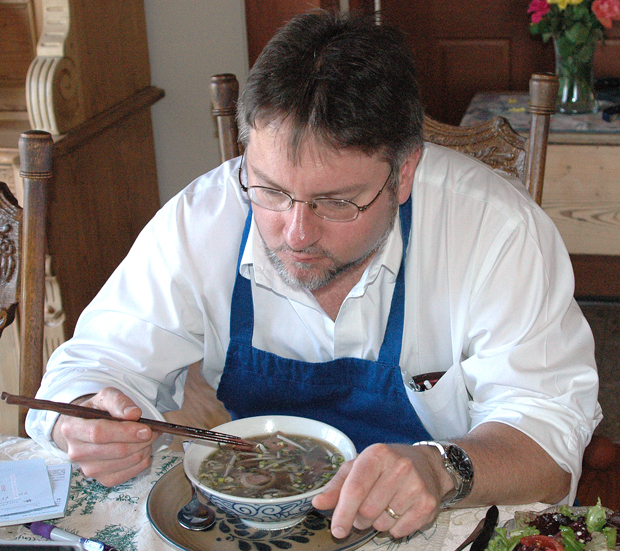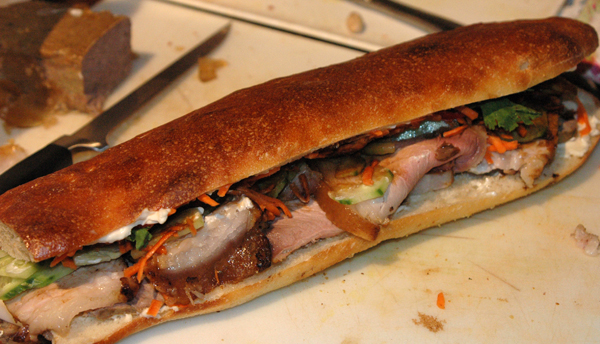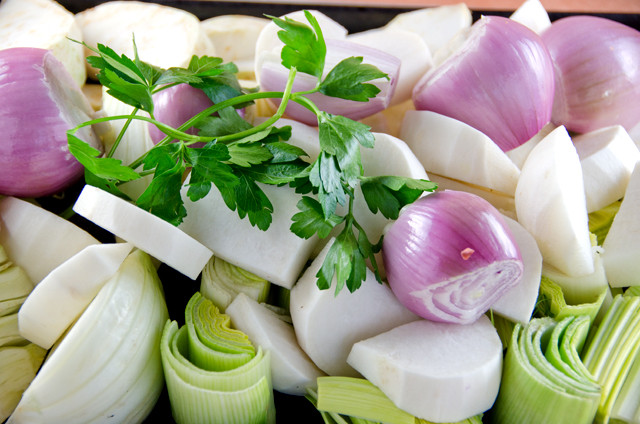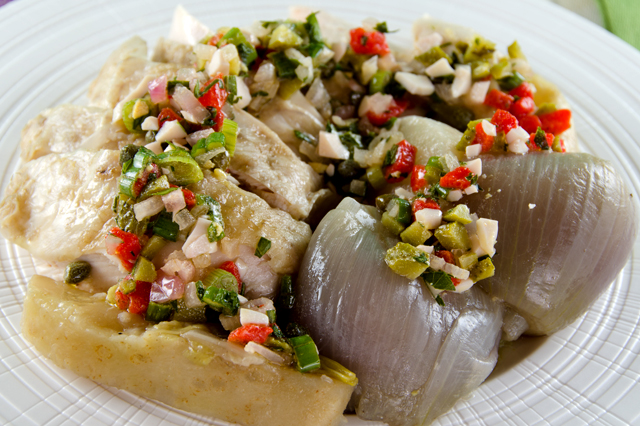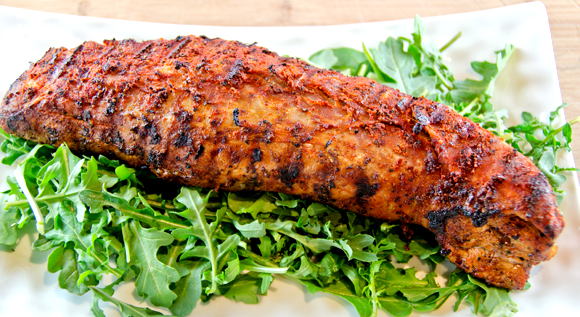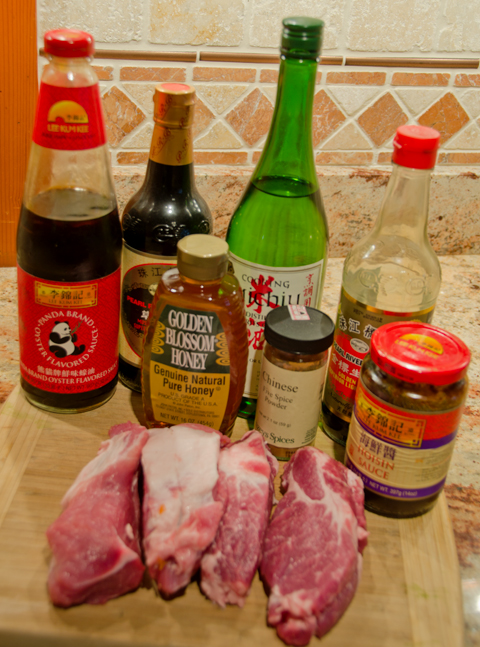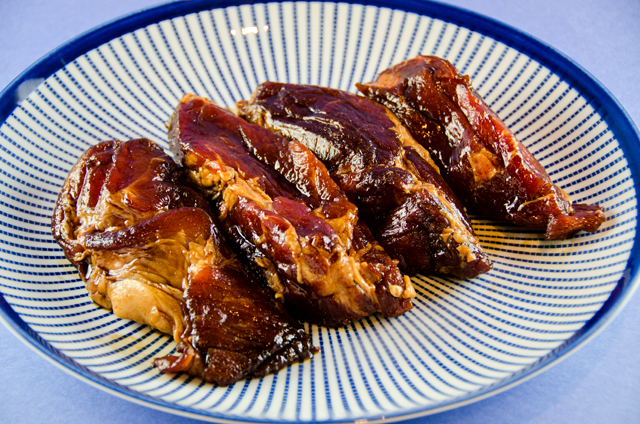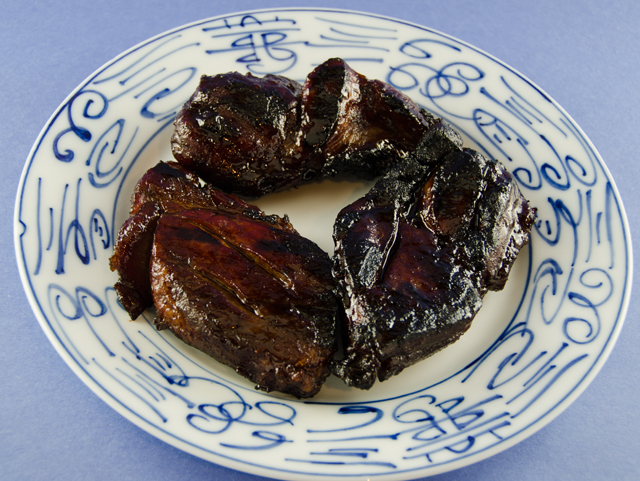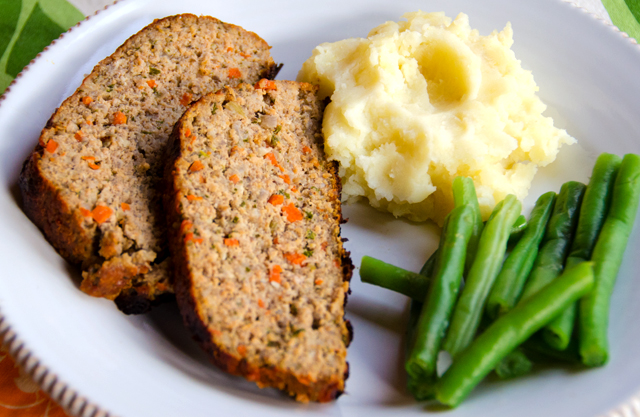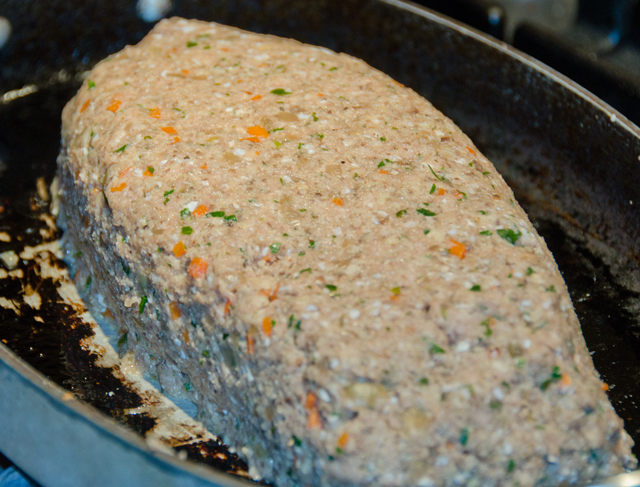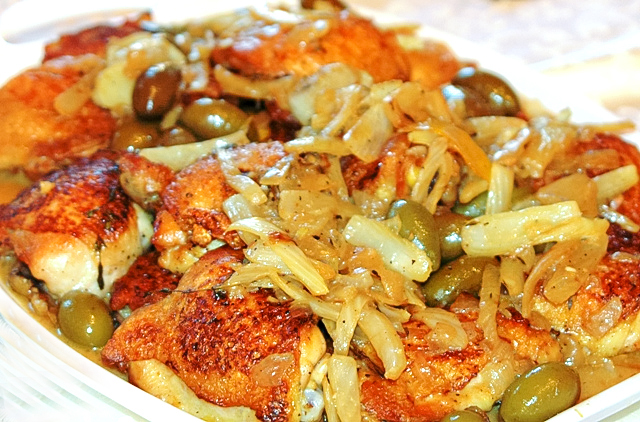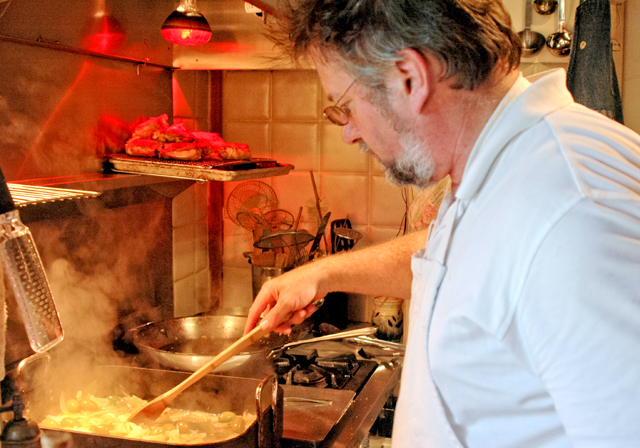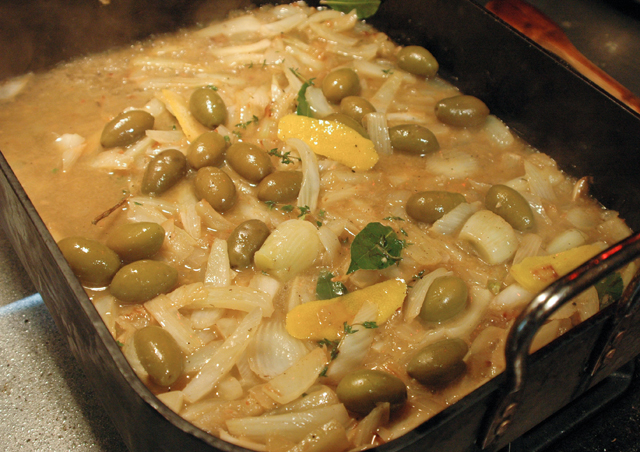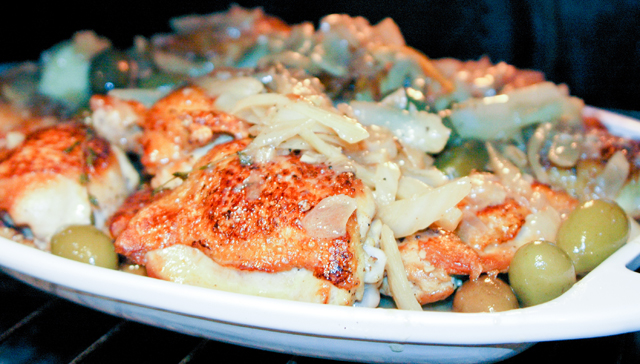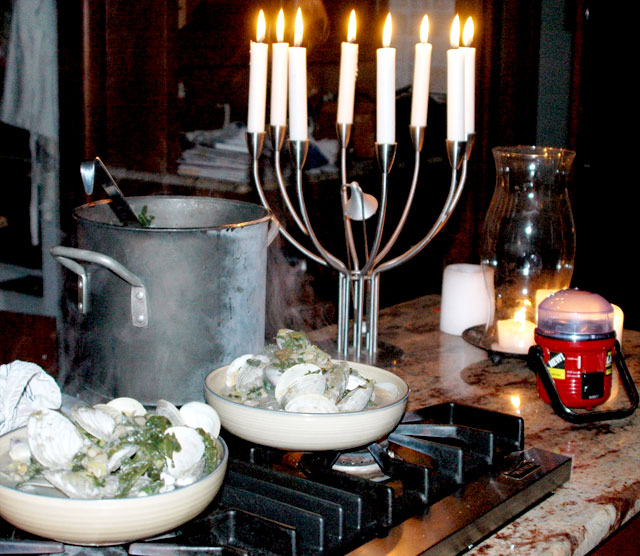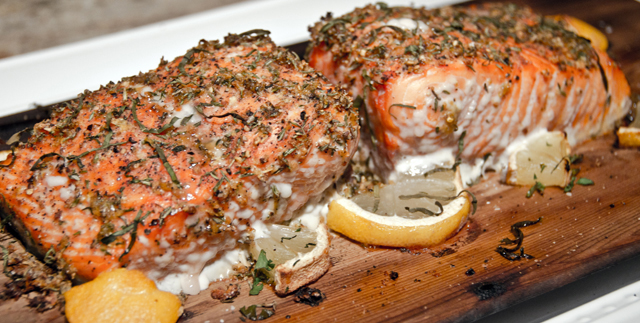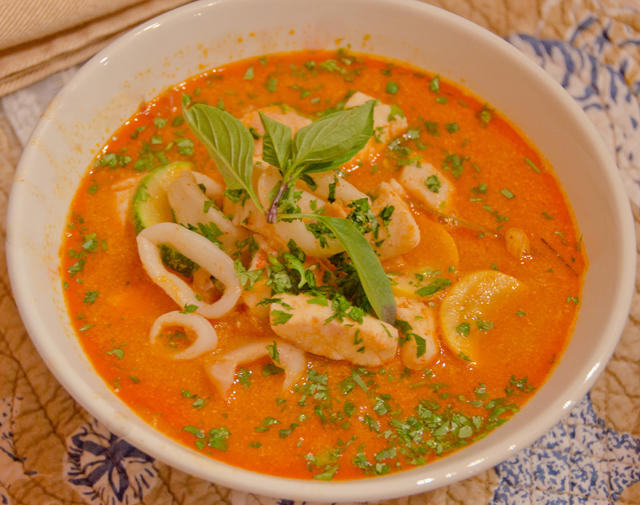My first experience with Vietnamese food was in the late eighties when I accompanied my husband to a conference in Houston Texas. Using what is now an almost extinct method, (the phone book) I was fortunate to contact a dear friend from college, Hue, who was living in the area. In the BF (before Facebook) years it was good to reconnect and catch up in person after almost ten years.
Hue’s parents served in the Peace Corps and part of her childhood and teenage years were spent in Southeast Asia and Africa. That’s where she developed a palate for what were then considered exotic cuisines. Hue had settled in the Houston area and was teaching elementary school with a predominately Spanish speaking population. I don’t even think she spoke Spanish in college, but that’s another story. She knew we appreciated good food and took us to one of her favorite restaurants. They served a cuisine that she thought we were probably not familiar with, Vietnamese. I was only beginning to explore Thai food at that time, I wasn’t familiar with Vietnamese cuisine at all. As it is with our friend from China, you get special attention from the restaurant staff when you can order your meal in their language. Hue spoke Vietnamese (of course) and we enjoyed a wonderful family style meal with dishes and flavors that I had never experienced before.
Before we left Houston, Hue gave me a spiral bound cookbook, “Happy in My Stomach”. The phrase “happy in my stomach” is the Vietnamese equivalent of the American expression of a “happy heart”. The book, written in 1975 was a compilation of recipes and customs contributed by Vietnamese emigres and compiled by YMCA refugee services at the Eglin Refugee Reception Center. The intention of the book was to build a bridge through cooking between the Vietnamese and American cultures. I would imagine it was the first English language Vietnamese cookbook. I added it to my growing cookbook collection, but didn’t really use it .
Fast forward ten years and there were now a growing number of Vietnamese restaurants in our area and many new cookbooks written that were devoted to Vietnamese cooking. We were also growing some Vietnamese herbs like rau ram in our garden.To learn more about Vietnamese cooking, I decided to cook my way through some of the more popular Vietnamese recipes I had accumulated. I tried my hand at Pho (phuh to say it correctly), both chicken and beef, rice paper rolls, and the Vietnamese “hoagie” banh mi, making my own roast pork, pate and rolls.
In addition to cookbooks and magazines, I have notebooks with recipes I have collected from other sources. Some I might try once, others become a regular in my cooking repertoire. The recipe for Barbecued Vietnamese five-spice Cornish game hens is a recipe I first tried over five years ago and one we still enjoy to this day. It’s a variation of Ga Roti or Vietnamese rotisserie chicken. The birds marinate overnight in a flavorful mixture of herbs and spices. Grilling the hens gets the skin nice and crispy and the meat stays juicy. The game hen is an individual portion, whether you eat it all, or save half for lunch the next day. Cornish game hens are not actually a game bird but a breed developed in the fifties that produced a larger, more broad breasted chicken at a younger age. They are not very expensive but the cost conscious could substitute chicken thighs. The dipping sauce, nuoc cham really makes the dish special. The flavor combination of sweet, sour, salty and spicy adds another dimension of flavor to this dish. Use your fingers to dig in and appreciate every succulent bite.
Vietnamese Grilled Five Spice Cornish Game Hens
from SFGate Top Recipes of 1990
Serves four
Ingredients
For the hen preparation
- 4 Cornish Game Hens
- 4 garlic cloves
- 2 shallots, or 3 green onions (white part only)
- 1 1/4T sugar
- 1/2t salt
- 1/4t freshly ground black pepper
- 1t five-spice powder
- 1 1/2T Vietnamese fish sauce (nuoc mam)
- 1 1/2T light soy sauce
- 1 1/2T dry sherry
Directions
- Halve the hens through the breast. This is easy to do with kitchen shears or a very sharp knife. Flatten the breast with the palm of your hand.
- In a food processor, mince the garlic, shallots (or green onion) and sugar. Add the salt, pepper, five spice powder, fish sauce, soy sauce and sherry. Pulse to combine ingredients thoroughly. Pour the mixture over the hens. Cover and refrigerate for at least 2 hours or overnight.
- Prepare a fire in a barbecue. Let the coals burn down to medium-hot. Set the hens skin side down on the rack and grill over medium hot coals for 15 minutes. Turn and grill for 15 minutes longer, or until they are thoroughly cooked and the skin is crisp and browned. Serve with nuoc cham dipping sauce.
Nuoc Cham Dipping Sauce
Makes 3/4 cup
Ingredients
- 2 garlic cloves
- 1 or 2 chile peppers, I used serrano
- 1T sugar
- 3T fish sauce
- 2 1/2T fresh lime juice
- 4T water
Directions
- In a food processor, combine garlic, chile pepper and sugar into a paste. Transfer the mixture to a bowl and add the fish sauce, lime juice and water. Stir to blend. Let the mixture sit for at least 15 minutes until ready to serve. Serve in dipping bowls.


